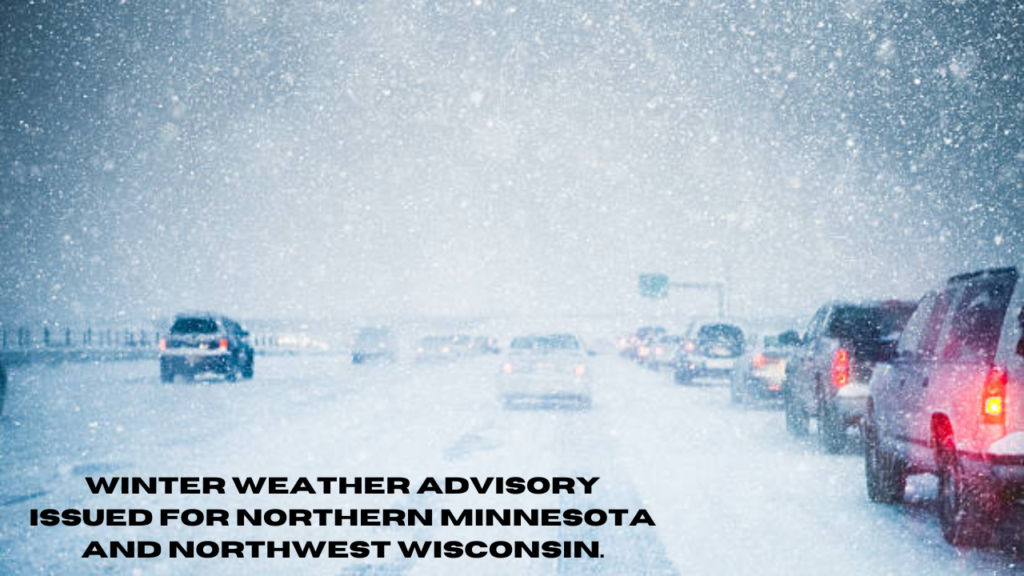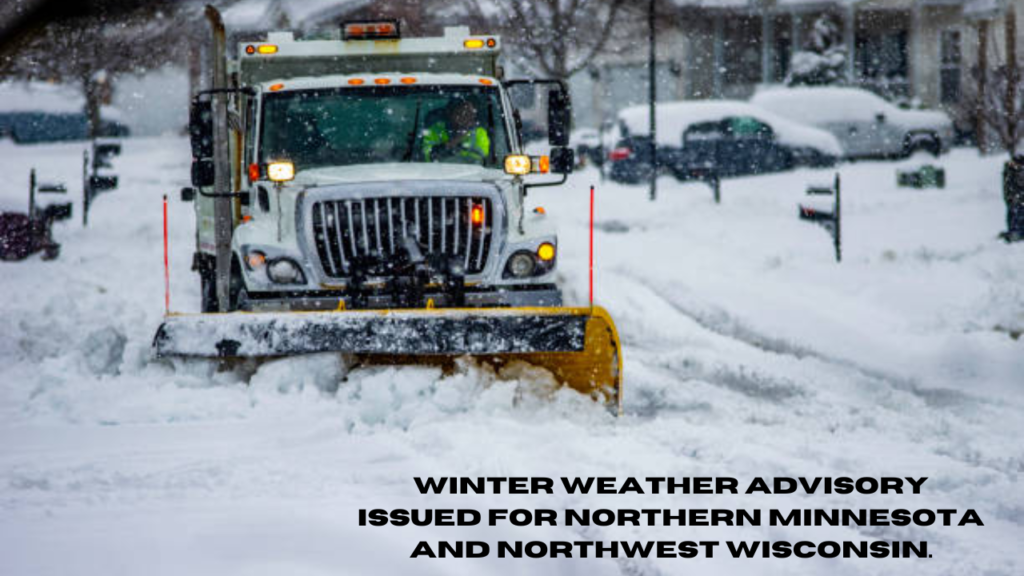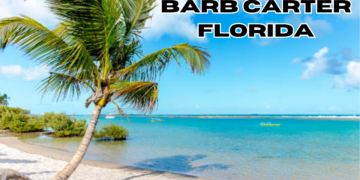When winter sets in, it brings unique challenges, particularly for regions accustomed to harsh snowfall and icy conditions. A winter weather advisory issued for northern minnesota and northwest wisconsin. is a critical alert for residents and travelers alike. Understanding what this advisory means, how it impacts daily life, and the necessary precautions can make a significant difference in ensuring safety during winter storms.
What Does a Winter Weather Advisory Mean?
A winter weather advisory issued for northern minnesota and northwest wisconsin. is a notice from the National Weather Service (NWS) indicating that specific winter weather conditions are expected to cause travel disruptions and potentially hazardous situations. Unlike winter storm warnings, which signal severe storms, an advisory means conditions will be challenging but not extreme. This can include moderate snowfall, light freezing rain, or a mix of wintry precipitation that makes roads slippery and visibility poor.
Expected Weather Conditions in the Region
When a winter weather advisory issued for northern minnesota and northwest wisconsin. residents should anticipate various winter hazards. The specific weather conditions depend on the storm system affecting the region, but everyday occurrences include:
Snow Accumulation
Snowfall in northern Minnesota and northwest Wisconsin can accumulate quickly, leading to hazardous travel conditions. Even moderate snowfall of 2-5 inches can create slick roads and reduce visibility. Heavy snow may not always accompany an advisory, but accumulations can impact commutes and daily activities.
Freezing Rain and Ice Accumulation
One of the most dangerous aspects of a winter weather advisory is freezing rain. A thin layer of ice on roads, sidewalks, and power lines can cause accidents and power outages. Ice accumulation, even if minimal, can lead to treacherous travel conditions.
Sleet and Mixed Precipitation
Sleet is another concern during a winter weather advisory. Unlike snow, sleet consists of ice pellets that bounce upon impact, creating a slippery road surface. When sleet mixes with snow or freezing rain, conditions become even more hazardous.
Strong Winds and Blowing Snow
Winds accompanying snowfall can blow and drift snow, reducing visibility to dangerous levels. While blizzards are more severe, even moderate wind gusts can make driving difficult and unpredictable.

How to Stay Safe During a Winter Weather Advisory
A winter weather advisory issued for northern minnesota and northwest wisconsin. requires preparation and caution. Here are some essential safety measures:
Stay Informed
Keeping track of weather updates is crucial during a winter weather advisory. The National Weather Service, local news stations, and weather apps provide real-time information on changing conditions.
Avoid Unnecessary Travel
If travel is not essential, it is best to stay indoors during a winter weather advisory. Road conditions can deteriorate quickly, and accidents are more likely.
Drive with Caution
If travel is unavoidable, follow these driving precautions:
- Reduce speed and increase the following distance.
- Use headlights in low-visibility conditions.
- Keep a full tank of gas in case of delays or detours.
- Carry an emergency kit with blankets, food, and a flashlight.
Prepare for Power Outages
Winter weather can lead to power outages, mainly when ice accumulates on power lines. An emergency food, water, batteries, and blankets supply can help families stay safe and comfortable if the power goes out.
Dress Warmly and Stay Dry
Exposure to extreme cold can lead to frostbite and hypothermia. To protect against the cold, dress in layers, wear insulated gloves and hats and stay dry.
How Does This Advisory Affect Daily Life?
A winter weather advisory issued for northern minnesota and northwest wisconsin. impacts various aspects of daily life, including transportation, school closures, and work schedules. Schools may opt for delayed starts or remote learning, while businesses might adjust operating hours. Public transportation schedules can also be affected, making it necessary to plan commutes accordingly.
Long-Term Effects of Frequent Winter Advisories
Recurring winter weather advisories highlight the importance of infrastructure resilience: continuous snow, ice, and freezing temperatures damage roads, bridges, and public utilities. Local governments and transportation departments must allocate snow removal and road maintenance resources to keep communities functioning smoothly.
How Residents Can Prepare for Future Advisories
While winter advisories are a regular occurrence in northern Minnesota and northwest Wisconsin, residents can take proactive steps to minimize disruptions:
- Stock up on essentials: Keep a supply of non-perishable food, bottled water, and emergency supplies at home.
- Winterize vehicles: Ensure tires are in good condition, fluids are topped off, and a winter survival kit is in the trunk.
- Insulate homes: Proper insulation and weatherproofing help maintain indoor warmth and reduce heating costs.

Also Read: Drew Brees Makes His NBC Debut, Internet Amazed by His New Hair
Last Review
A winter weather advisory issued for northern minnesota and northwest wisconsin. is a critical reminder to stay prepared and exercise caution. Understanding the advisory, recognizing the expected weather conditions, and following safety measures can help residents and travelers navigate winter weather challenges effectively. Individuals can ensure their safety during the winter months by staying informed, making smart travel decisions, and preparing homes and vehicles. When a winter weather advisory is in place, it’s better to be cautious and prepared than to face unexpected difficulties on the road or at home.































Comments 1